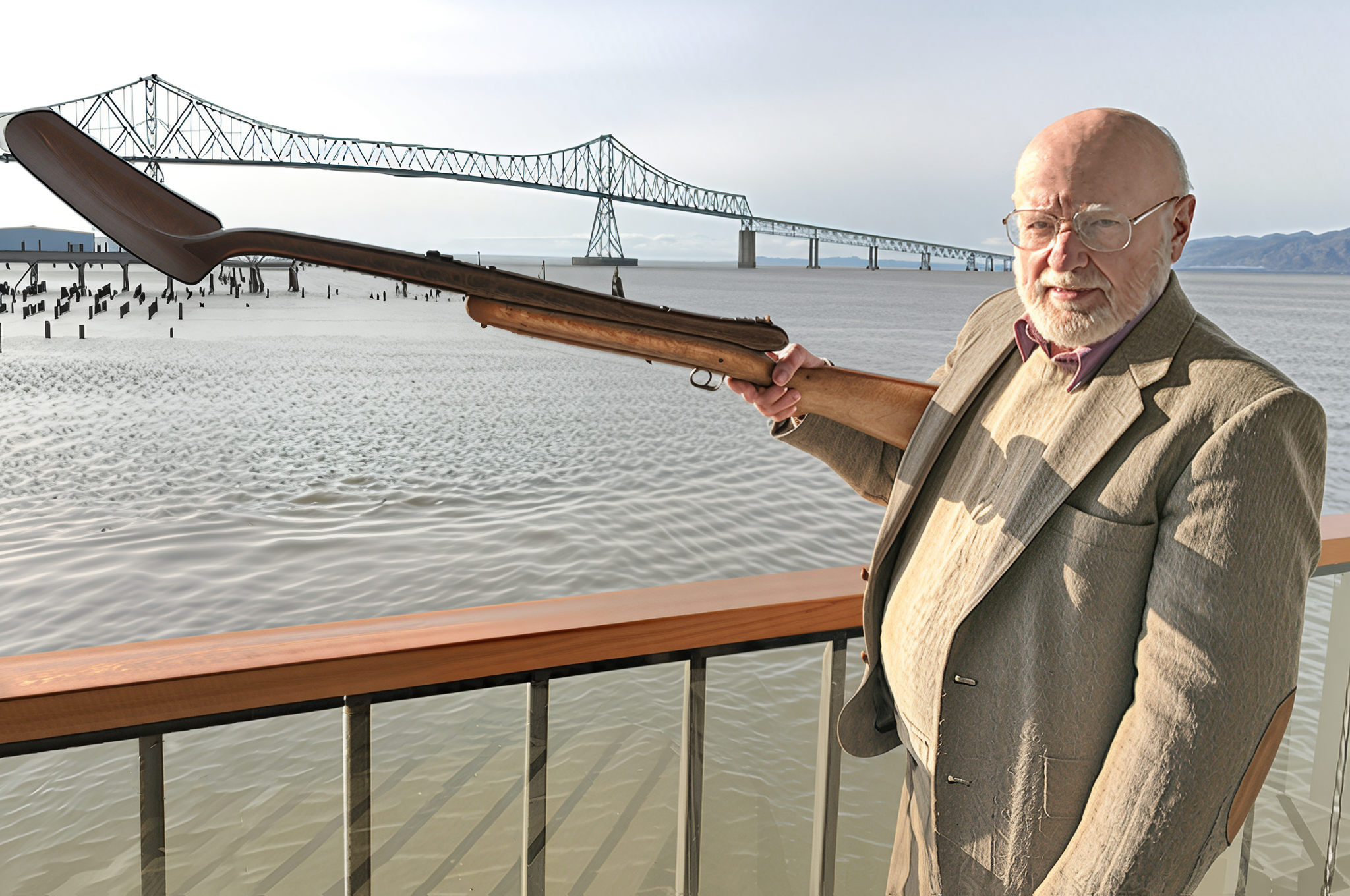Our View: We’re overdue for action on salmon
Published 12:30 am Thursday, October 5, 2023

- Fisherman Egil Wougen poses with a 45-pound salmon, the kind of fish once nicknamed a “June hog.” Dams constructed on the Columbia River drove this run to extinction.
A crash decades ago in some of the Columbia River’s most important salmon runs came as no surprise to people who relied on them, from Astoria and Ilwaco, Washington, up into Canada.
Even between 1933 and 1942 when Grand Coulee Dam was being constructed, some clearly understood a huge sacrifice was being made by blocking migration of some of the world’s most prized fish.
The Biden administration’s preliminary move to address this environmental tragedy is to dedicate more than $200 million to studying what steps can be taken to restore salmon in the upper Columbia basin — the thousands of square miles of habitat that extend from Washington state into the Canadian Rockies of British Columbia and Alberta.
Fishermen cringe at the word “study,” so often having seen it used as a tedious and duplicitous way of delaying needed actions. But there is no denying that finding a lasting strategy for getting outbound and inbound salmon past Grand Coulee and Chief Joseph Dam will be a mighty challenging engineering feat. The payoff could be enormous.
In 2017, Hobe Kytr, of Alderbrook, longtime director of Salmon For All, spoke to Chinook Observer columnist Cate Gable about how such environmental battles are a series of incremental steps, some forward and some back, that you hope will eventually lead in the direction of your goals.
“June hogs” were the local name for massive salmon in the summer runs that traversed the Columbia all the way to their spawning grounds in Canada. They vanished following loss of the upper Columbia, which required their athleticism to reach.
“Some people in the agencies deny they even existed,” Kytr told Gable. “The National Marine Fisheries Service in a study of the Columbia mid-1990s said there was no empirical evidence that they existed. Chris Thompson, who died at 96 and worked for Columbia River Packaging, filleted them with his own hands! He shook he was so angry when he talked about it.”
Why would officials want to erase the existence of such magnificent creatures? “I guess to absolve themselves of the guilt of having eliminating those big fish,” Kytr said.
On the other hand, for all the heartburn dams cause here in salmon country, there’s no denying that the Pacific Northwest hydropower system remains one of the engineering marvels of the 20th century. The 31 dams in the Columbia River system are enough to eliminate the carbon dioxide emissions that might otherwise be necessary from 20 coal plants, while also offering safe and rapid response to fluctuations in the power generated by new wind-turbine farms and solar.
Considering all the money and agony that has gone into salmon restoration, it is ridiculous that the vast upper Columbia region is still blocked. Yes, there are enormous physical and technological constraints to overcome. Helping salmon over dams and through large bodies of slack water will take incredible effort. But the payoff could be significant if salmon are restored to unblocked tributary streams in northern Washington state and southern Canada.
The hydropower system proves that Americans can do just about anything we really set our minds to, and after half a century, it’s time to set our minds to getting ample salmon back into the upper Columbia. Doing so will help fishing interests, orcas and incrementally help restore the river to something closer to what it once was, when up to 16 million salmon returned to the river system each year.









